Yeongju Birosa Temple (비로사 (영주))
11.6Km 2021-06-11
661-29, Samga-ro, Yeongju-si, Gyeongsangbuk-do
+82-54-638-5033
Birosa Temple is located at the southern foot of Birobong, the highest
peak of Sobaeksan Mountain. It was founded by revered Buddhist monk Uisang Daesa in the 20th year of King Munmu’s reign (AD 680) during the Silla Kingdom. The temple’s Buddha statues and the flagpole supports reveal the long history of this ancient temple.
To the left of the entrance to Birosa Temple stand a pair of flagpole supports. The 4.8-meter-high flagpole supports facing each other have a meticulous structure. Inside the temple precincts is Jingongdaesa Bobeoptapbi, a stele with a stone turtle base erected in honor of the great monk Jingong Daesa.
The temple enshrines the Amitabha and Vairocana Buddha statues, which were created during the Silla Kingdom in the late 9th century. Both of these Buddha statues realistically depict the human form, and show similar characteristics, which reveal that they were crafted by the same artisan. Preserving such valuable cultural heritages, Birosa Temple also has a serene view of Birobong Peak on
Sobaeksan Mountain.
* Major cultural properties: Stone Seated Amitabha and Vairocana Buddha Statues (Treasure No. 996), Samgadong Stone Flagpole Supports (Provincial Tangible Cultural Property No. 7)
Sobaeksan National Park Nature Center (소백산생태탐방원)
11.7Km 2025-10-23
253 Yeongdan-ro, Dansan-myeon, Yeongju-si, Gyeongsangbuk-do
Located inside Sobaeksan National Park, the Sobaeksan National Park Nature Center specializes in ecological experiences and environmental education. The center operates various programs by leveraging the superb ecological system of the Sobaeksan Mountain area. Programs include Sobaeksan Mountain climbing and ginseng experiences for physical health; forest meditation for mental health; and wellness programs with a focus on visiting world heritage sites related to Buddhist culture, for social well-being. Other programs include seasonal ecotourism programs (short-term programs); environmental education for future generations; and cooking classes using local specialties to lead the way for ecological well-being. Additionally, the center has an auditorium & classrooms(for education, training or conferences), and a cafeteria. Individuals and group visitors can use the facilities. Nearby tourist destinations include the Red Fox Eco Park, where visitors can observe first-class endangered wild animals; and historical and cultural sites, such as Buseoksa Temple and Sosuseowon Confucian Academy, which were designated as UNESCO World Heritage Sites.
Dariangyegok Valley (다리안계곡)
11.9Km 2021-07-27
528-10, Darian-ro, Danyang-gun, Chungcheongbuk-do
+82-43-422-1146
Dariangyegok Valley is located in the Darian Local Tourist Site near Danyang. The water in the valley curves around smooth rocks in between the lush forest. People visit in the summer to escape the heat.
Dariangyegok Valley has cold water flowing from Sobaeksan Mountain. The area around the valley is equipped with convenience facilities such as huts, campsites, a parking lot, convenience store and more, making it the best family destination. Near the middle of the valley, legend says a dragon ascended to the sky leaving a mark on the big rock. Nearby attractions include caves, Dodamsambong Peak, Gudambong Peak, Oksunbong Peak and many more. These abundant attractions make Dangyang a favorite tourist destination among visitors.
Sobaeksan National Park (Gyeongsangbuk-do Region) (소백산국립공원(경북))
12.8Km 2023-02-17
Punggi-eup, Yeongju-si, Gyeongsangbuk-do
+82-54-638-6196
Sobaeksan National Park was designated as the 18th national park in December 1987. The features of Sobaeksan National Park include wildflowers and royal azaleas in spring and snowy scenery in winter. The mountain borders three provinces and four cities. Attractions include various peaks, temples, and waterfalls. The mountain is especially popular in May when royal azaleas are in full bloom and a natural forest tunnel is formed. Birobong Peak of the mountain is covered with snow six months of the year and is called the Alps of Korea.
Sobaeksan Optical Astronomy Observatory (소백산천문대)
12.9Km 2024-02-28
639, Sobaeksan-gil, Danyang-eup, Danyang-gun, Chungcheongbuk-do
Located within the Sobaeksan National Park, the Sobaeksan Optical Astronomy Observatory (SOAO) was the first astronomy observatory in Korea to install a modern telescope. SOAO is in a great location to observe the stars because it is located on the highest point of southern Korea and far away from the light pollution of cities. To enter the observatory as a private visitor, one must climb the mountain from Jungnyeong Pass or Huibangsa Temple.
Gosudonggul Cave (단양 고수동굴)
13.0Km 2024-10-08
8 Gosudonggul-gil, Danyang-eup, Danyang-gun, Chungcheongbuk-do
+82-43-422-3072
Gosudonggul Cave, a natural limestone marvel, is recognized as a Natural Monument of Korea. Spanning nearly 1,700 meters in length, this ancient cave has been shaped over 500 million years. Inside, visitors can marvel at an array of spectacular formations including stalactites, stalagmites, underground lakes, and cave pearls. The cave also houses unique rock formations such as Sajabawi Rock, Dodamsambongbawi Rock, a statue resembling the Virgin Mary, and the romantically named Thousand-year Love Rock. The cave is conveniently located just one kilometer from the Danyang Intercity Bus Terminal.
Be, Bridge Pool Villa Resort (Selene) (비브릿지)
13.5Km 2024-12-19
2295-12 , Yeongwoldong-ro, Yeongwol-gun, Gangwon-do
+82-33-372-2000
Be, Bridge Pool Villa Resort is a pension in Kimsatgat-myeon, Yeongwol-gun, Gangwon-do. It consists of 7 Grand Pool Villa, two-storey detached building(Poolmoon Stay) for a couple. Each room in the pension has a private swimming pool. Grand Pool Villa rooms have a private garden and barbecue facilities. Some rooms have private spas: Full Moon Stay has duplex rooms with a spa on the 1st floor and individual terrace rooms on the 2nd. There is also a children’s sandpit, a sledding area, and a heated outdoor swimming pool.
Doljip Sikdang (돌집식당)
14.0Km 2024-02-26
11, Jungang 2-ro, Danyang-eup, Danyang-gun, Chungcheongbuk-do
Doljip Sikdang is a restaurant near the Danyang Bus Terminal that serves dolsotbap (hot stone pot rice) and garlic dishes. Indeed, its gondeure maneul jeongsik (thistle and garlic set menu) has captured the tastebuds of its regulars for two generations. The restaurant’s set menus, such as heungmaneul jeongsik (black garlic set menu), doljip jeongsik (Doljip set menu), gondeure maneul jeongsik (thistle and garlic set menu), and gondeure jeongsik (thistle set menu), all feature garlic dishes. It also serves a la carte dishes like bulgogi, maneul yukhoe (garlic and beef tartare), Danyang maneul tteokgalbi (grilled garlic and galbi patties), suyuk (boiled pork slices), and deodeok gui (grilled deodeok). Notably, side dishes are made with garlic, Danyang’s specialty, which isn’t too spicy and taper off to gentle sweetness.
Danuri Aquarium (단양 다누리아쿠아리움)
14.0Km 2021-05-12
111, Subyeon-ro, Danyang-gun, Chungcheongbuk-do
+82-43-420-2951
Located in Danyang, Danuri Aquarium houses a lot of freshwater fish with a wide array of fish species from Korea and overseas, consisting of 20,000 fish of 63 species and 1,600 fish of 87 species, respectively. Visitors can enjoy a wide selection of fish including Siniperca, a traditional fish from the Namhangang River, sweetfish and Korean bitterling, as well as various fish species from other countries all in one spot. Also, the aquarium offers a special sightseeing point, in the form of a fish tank decorated with the theme of Eight Scenic Views of Danyang.
* Fish tanks: 127 exhibition tanks, 43 habituating tanks, approx. 915 tons
Yangbangsan Paragliding Site (양방산활공장)
14.2Km 2021-06-16
350, Yangbangsan-gil, Danyang-gun, Chungcheongbuk-do
+82-43-420-3035
Yangbangsan Paragliding Site is situated 664 meters above sea level at the top of Yangbangsan Mountain. Upon arrival at the site, one can get a panoramic view of Danyang, including the meandering Namhangang River. While serving as the main venue for major gliding sports competitions, the site is also frequented by tourists and extreme sports enthusiasts who want to experience hang gliding and paragliding.
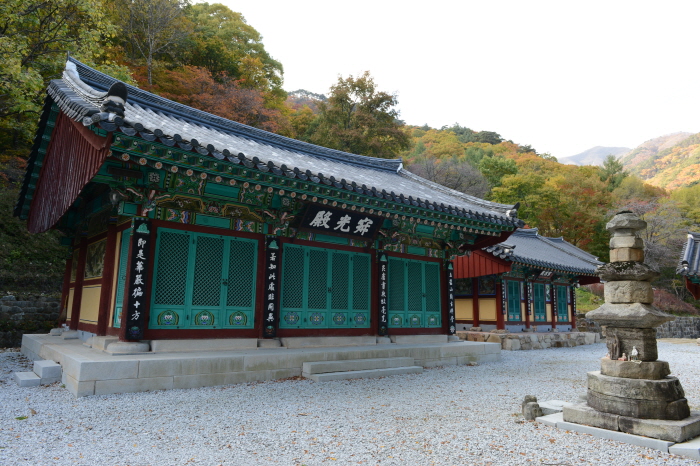
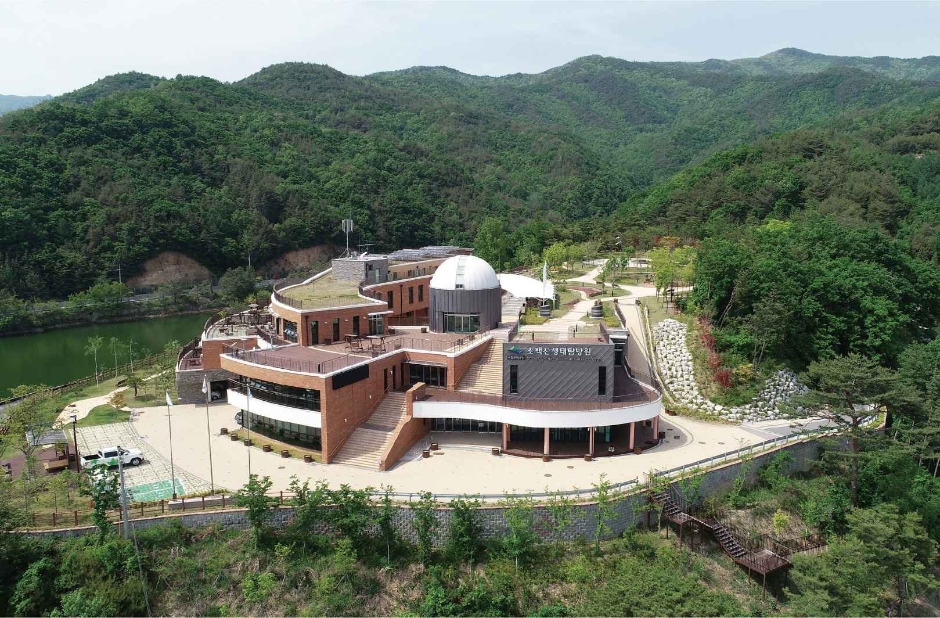
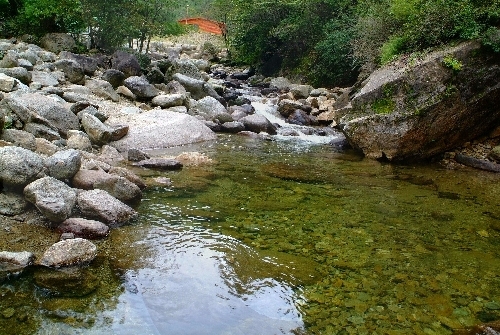

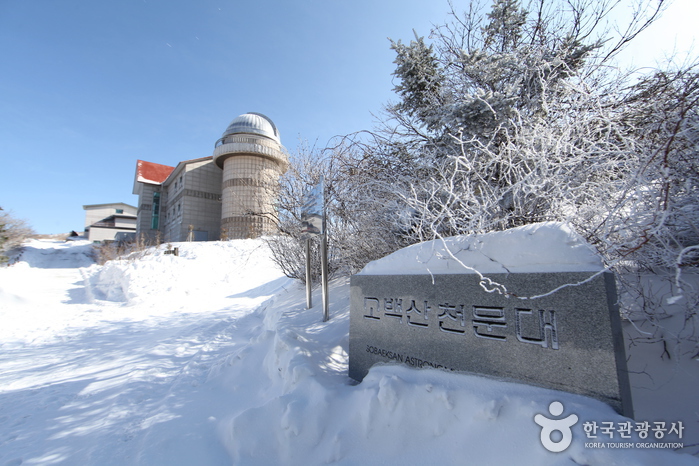
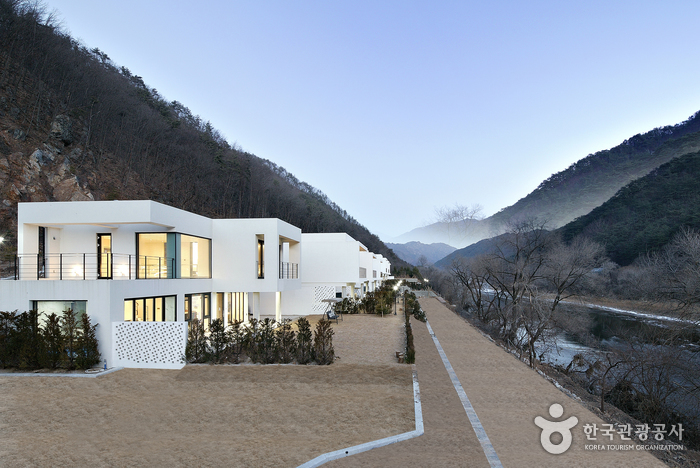
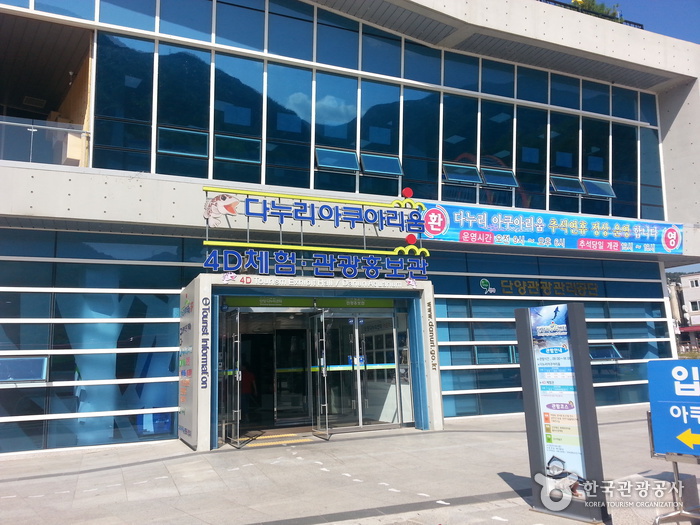

 English
English
 한국어
한국어 日本語
日本語 中文(简体)
中文(简体) Deutsch
Deutsch Français
Français Español
Español Русский
Русский